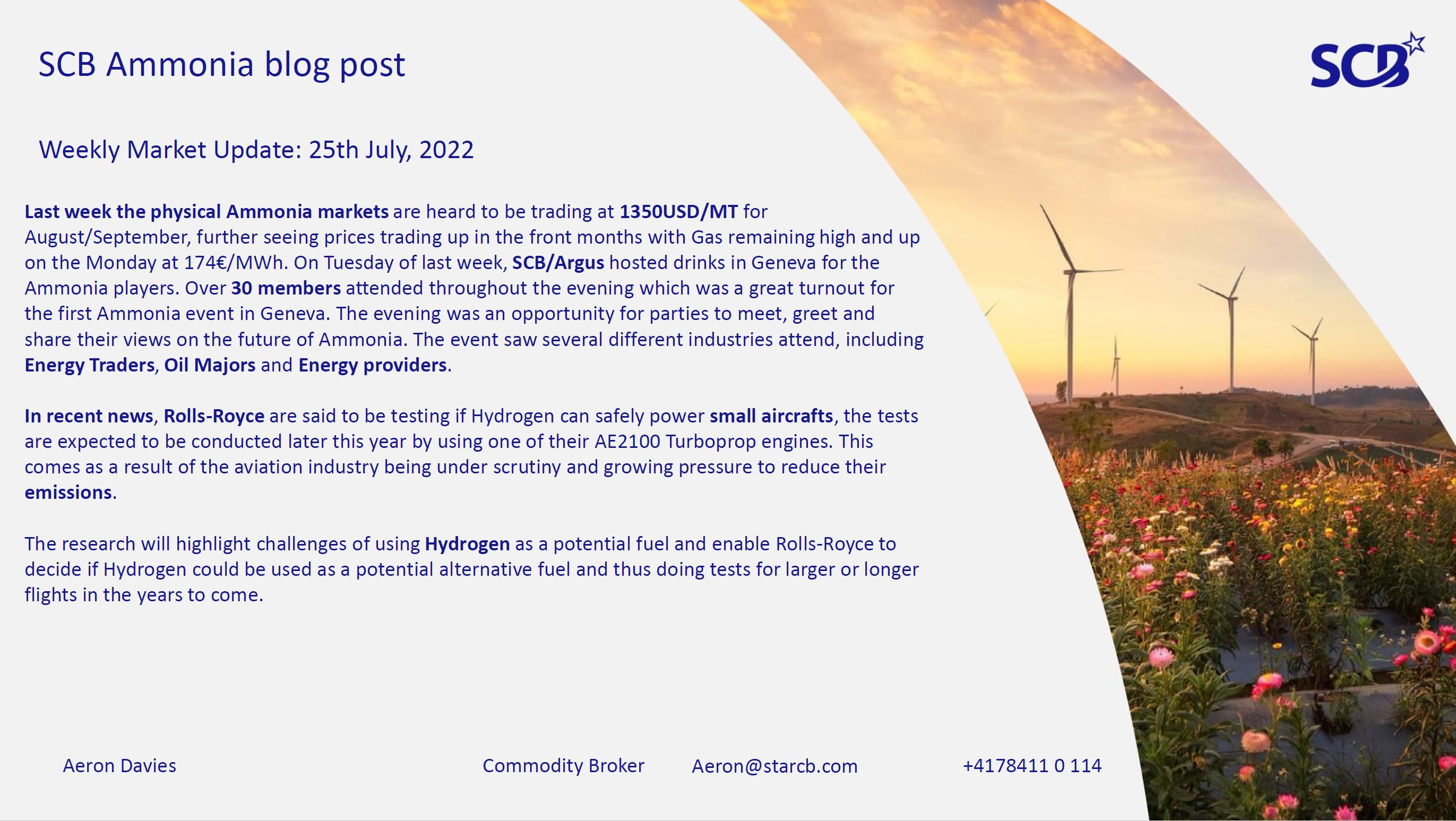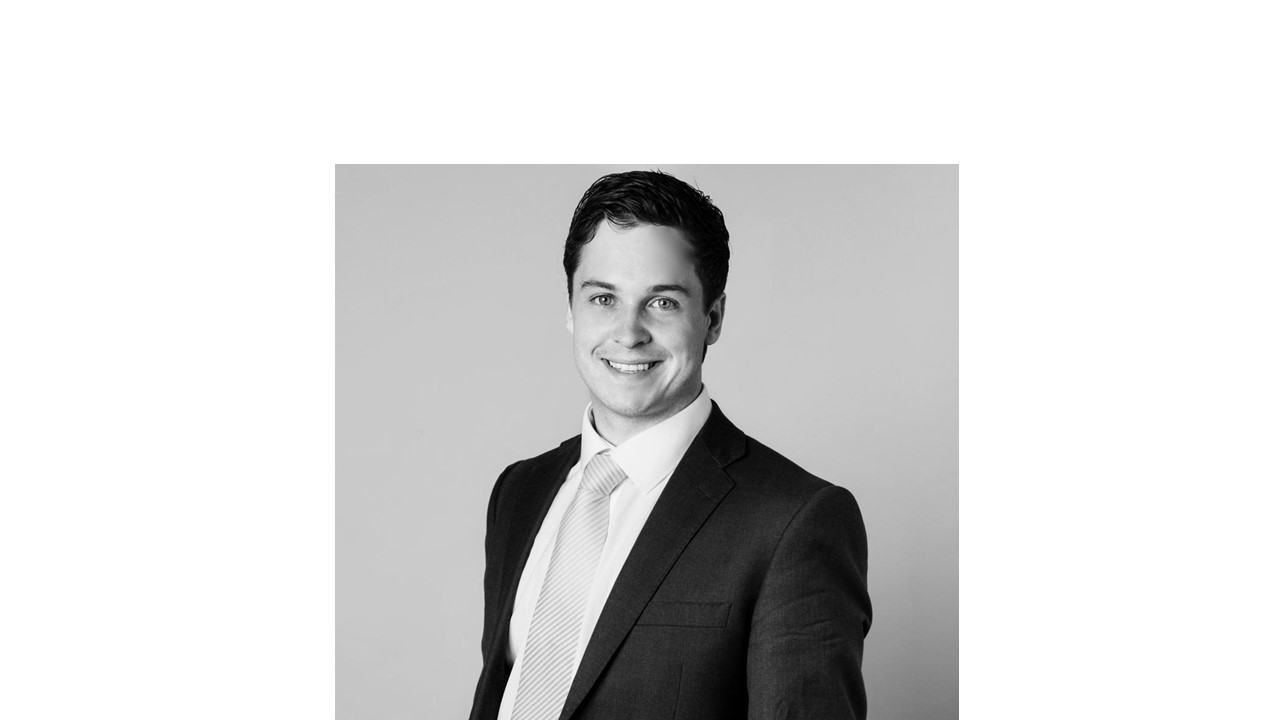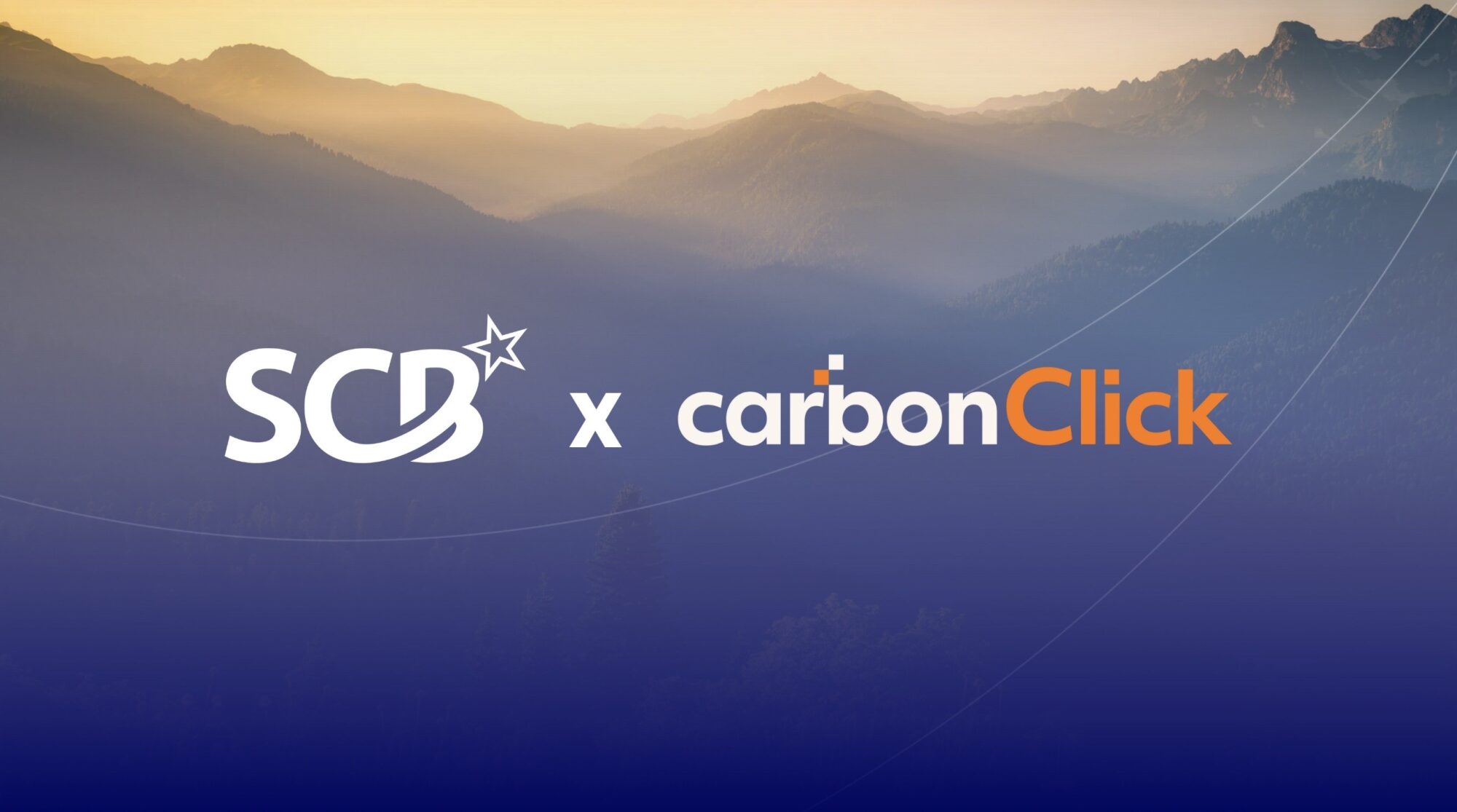Last week the physical Ammonia markets are heard to be trading at 1350USD/MT for August/September, further seeing prices trading up in the front months with Gas remaining high and up on the Monday at 174€/MWh. On Tuesday of last week, SCB/Argus hosted drinks in Geneva for the Ammonia players. Over 30 members attended throughout the evening which was a great turnout for the first Ammonia event in Geneva. The evening was an opportunity for parties to meet, greet and share their views on the future of Ammonia. The event saw several different industries attend, including Energy Traders, Oil Majors and Energy providers.
In recent news, Rolls-Royce are said to be testing if Hydrogen can safely power small aircrafts, the tests are expected to be conducted later this year by using one of their AE2100 Turboprop engines. This comes as a result of the aviation industry being under scrutiny and growing pressure to reduce their emissions.
The research will highlight challenges of using Hydrogen as a potential fuel and enable Rolls-Royce to decide if Hydrogen could be used as a potential alternative fuel and thus doing tests for larger or longer flights in the years to come.

This week European Ammonia markets have been heard trading in the 1250 range for August/September as Gas prices remain elevated and producer margins remain negative. Looking ahead, with the TTF remaining at the 170 mark, we could see August and September up to 1275. We are seeing more and more new players showing interest in the ammonia / hydrogen market, extending away from the traditional fertilizer players.
In recent news, the EC have voted on its views and aims on the imports of hydrogen and ammonia into the EU in relation to the Carbon Border Adjustment Mechanism (CBAM). In line with the fit for 55, the aim of the CBAM is decarbonisation within the EU by not allowing Carbon Leakage and putting a carbon price on imports into the EU.
Amongst other proposals that have been made, we saw a proposal for the requirement for fuelling stations on major highways to install both electric charging and hydrogen refuelling points every 60km and 150km. We also see the FuelEU Maritime Initiative hopes to set a “maximum limit on the greenhouse gas content of energy used by ships calling at European ports.”




